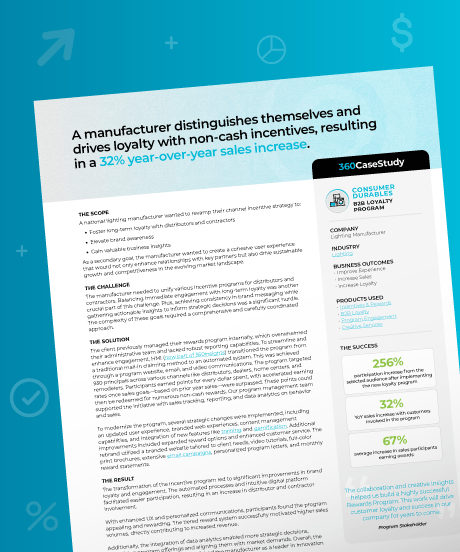A Strategic Partnership refers to a relationship between two or more organizations that work together in order to pursue mutual goals or enhance competitive advantages. Rather than focusing on short-term transactions, these partnerships are built around shared interests and a long-term commitment to driving greater value together over time.
They often involve:
- Aligning on business objectives that complement each partner’s strengths
- Sharing knowledge, capabilities, or market access to achieve common goals
- Establishing frameworks for joint decision-making, innovation, or problem-solving
Organizations turn to strategic partnerships when independent efforts may not be enough to meet complex goals. A company entering a new market, for example, might partner with a local firm to gain regulatory insight, supply chain access, or cultural alignment. Rather than simply outsourcing a function, both sides invest in shared outcomes that create value over time.
These partnerships are essential because they allow businesses to grow in ways that would be slower, riskier, or more expensive alone. By combining complementary strengths—such as one partner’s product innovation with another’s distribution network—companies can move with greater confidence and clarity. This kind of collaboration can build long-term resilience and often becomes a foundation for sustained innovation and market leadership.
Simplify Program & Processes for Success

Case Study
Consumer Durables: Improving long-term loyalty through a cohesive user experience
A national lighting manufacturer wanted to switch up their channel incentive strategy in order to increase brand awareness and improve long-lasting relationships with distributors and contractors.
By creating a cohesive user experience - including the integration of training and gamification within this points-based rewards program and optimizing the engagement and comms strategy - this led to significant improvements in brand loyalty and increased revenue.
Learn how the program automations also improved the internal stakeholders reporting capabilities.
